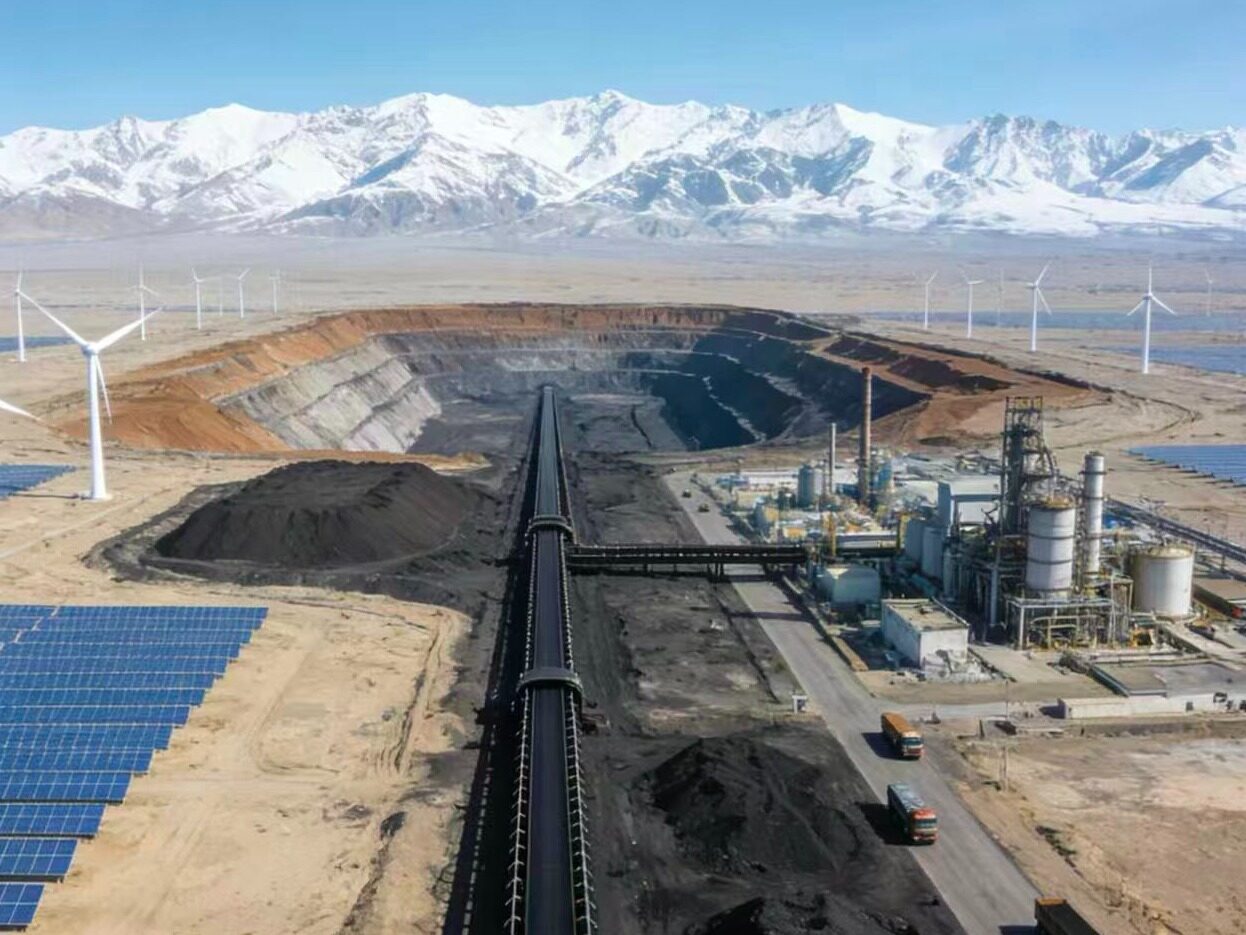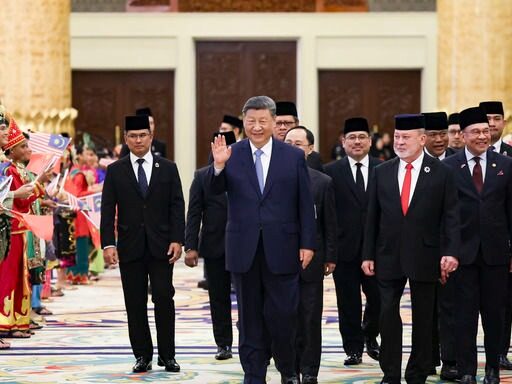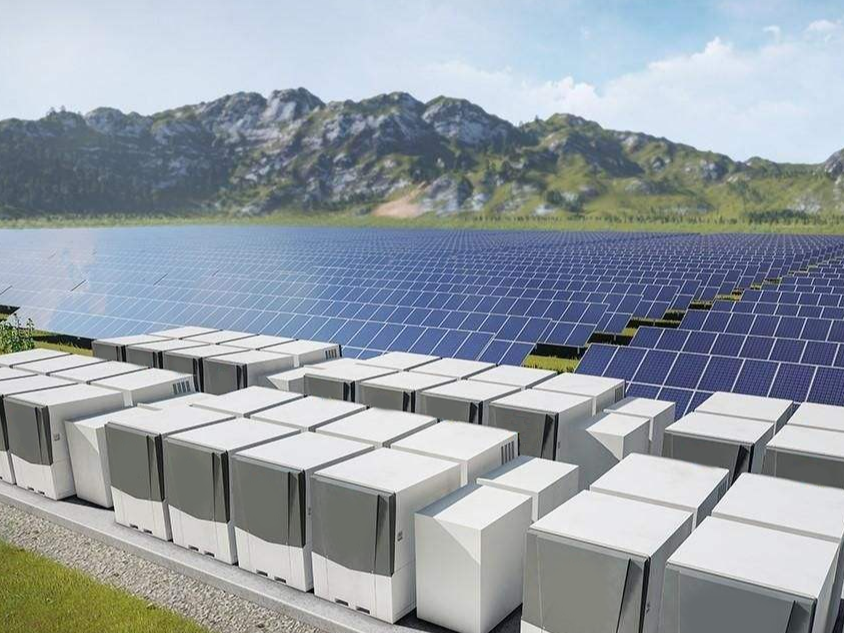- BEIS’s guidance on alternatives is wise and, if applied properly, should help release UK offshore wind capacity

The planned revision of the UK’s main energy infrastructure planning policy has strengthened support for the growth of offshore wind power and is in line with the UK government’s goal of achieving 40GW of capacity in the industry by 2030.
Bird "clearance"
Developers behind offshore wind power projects are obliged to consider the potential impact of their projects on birds, including the loss of habitat and the possibility of collisions with turbine rotating blades. Currently, ornithology’s cumulative impact assessment is based on the “Rochdale Envelope” method, which involves blades that assess the impact of wind farms within certain “worst case” parameters (such as the lowest and highest potential tip height). When certain details of the project are uncertain at the time of application, this method provides a certain degree of flexibility in granting development licenses. After the developer selects its wind farm components (such as turbines), the detailed design of the wind farm will be approved.
However, as the government acknowledged in the revised EN-3 draft, this resulted in a discrepancy between the parameters set in the impact assessment and the applicable final "completion" parameters, which are usually smaller in scale and impact. In theory, this creates a "margin" for the cumulative assessment of multiple wind farms in the same seabed area, which can be used for new projects. In other words, the impact of "completed" projects is smaller than assessed, which means that more projects have greater potential.
It is expected that the future development permit order (DCO) for offshore wind farms under the 2008 Planning Act will need to include a provision that defines the final parameters of the “completion” project, which cannot be exceeded so that other projects can be The resulting headroom is used in their assessment. However, whether this will actually help future plans will largely depend on the time when the final parameters are determined, because developers are unlikely to give up space capacity in the early stages.
Human Resources Administration
The revised draft policy recognizes the thorny issue of Habitat Regulation Assessment (HRA), which requires consideration of the potential impact of offshore wind farms on protected habitats. HRA is currently the main constraint for offshore wind power projects.
EN-1 specifies measures to reduce the impact of the project on protected habitats, and the government strongly encourages compliance with these measures. However, the government has made it clear that potential adverse effects on protected habitats must be dealt with as early as possible in the consent process, preferably in advance. This approach reflects the policy formulated in the decision letter of the Hornsea three offshore wind farms and the Norfolk Pioneer offshore wind farm, although the latter's license was later revoked by the High Court.
The government’s proposed new policy supports the preparation of "derogation cases"—considering reasonable alternatives, IROPI (overriding public interest necessary grounds) and compensation measures—can be submitted together with the DCO application and "does not affect" the applicant’s main Status so as to avoid adverse effects.
BEIS provides useful guidance on the consideration of alternatives, aiming to reflect the level of demand and urgency for new energy infrastructure. The inspection of alternatives must consider whether there is a "realistic prospect of providing alternatives with the same infrastructure capacity within the same time frame", and recognize the necessity of the commercial feasibility of the project. The EN-1 draft clearly states that you should not refuse to develop in one location just because there are fewer adverse effects in another location, and recognize that all suitable locations may be needed.
The EN-3 draft now also provides guidance for offshore wind farm developers to work collaboratively on shared mitigation, compensation, and monitoring where appropriate, so-called industry or strategic-level solutions. Hornsea Three received a DCO on December 31, 2020 and is the first offshore wind farm to be licensed, although it is expected to have adverse effects on European sites. It is widely regarded as a turning point for offshore wind power licensing. Developers must now be prepared to proactively address HRA issues in their applications and provide BEIS with a way to grant consent through derogations when necessary.
BEIS’s guidance on alternatives is wise and, if applied properly, should help release Britain’s offshore wind capacity. However, the issue of compensation measures is still the key. Although the policy encourages developers to cooperate, the revised national policy statement does not address the urgent need for strategic solutions. BEIS, Defra, and statutory nature conservation agencies need to work with developers to achieve the goal of 40GW by 2030.
Offshore transmission network
The revised EN-1 and EN-3 also support the migration from a separate end-to-end radial grid connection to offshore wind power, in favor of a coordinated approach. This reflects the ongoing review of the offshore transmission network by Ofgem. Highlighted developer options include offshore grid connection points, or connection via multi-purpose interconnectors. Going forward, it is expected that the grid connection will be approved separately from the offshore wind farm application, or the DCO application of the offshore wind farm will include the transmission assets required to connect to the connection point of the offshore transmission network.
Although the offshore wind industry is preparing for a transition to coordinated transmission, it requires more than planning policies to facilitate this, because for meaningful coordination to become a reality, significant regulatory obstacles need to be overcome. Until an appropriate regulatory framework is in place, BEIS recognizes the importance of accelerating coordinated projects and it is not helpful to alleviate the need for independent network projects. This should include traditional point-to-point connections for offshore wind power projects.
Competitive subsea use
The development of the seabed for offshore wind power and the possibility of conflicts with other technologies (such as carbon storage in the UK Continental Shelf (UKCS)) required by the UK to achieve the “net-zero” emission target by 2050 are in the draft update of EN-3. The policy recommends contact between developers and Crown Properties, including the use of common position statements and agreed mitigation measures, but unfortunately it did not provide any further details or guidance on how to "find solutions to optimize UKCS capabilities to achieve Net zero". Therefore, the extent to which coexistence can be achieved will continue to depend on the flexibility of developers in accommodating each other's projects.Editor/Baohongying
Comment
 Praise
Praise
 Collect
Collect
 Comment
Comment
 Search
Search














Write something~